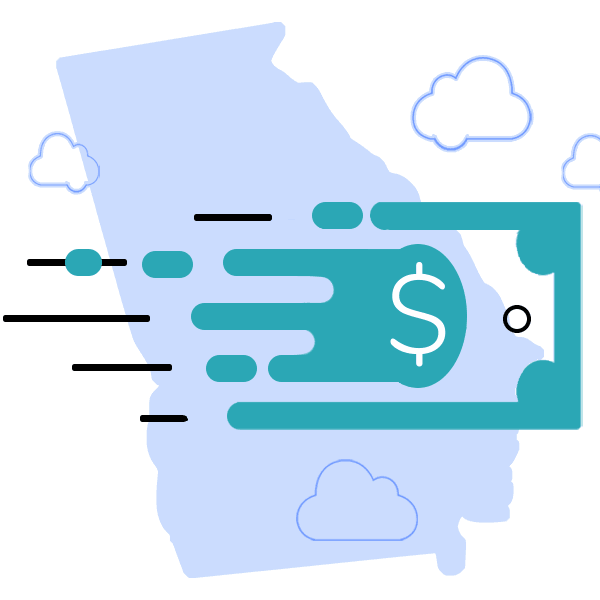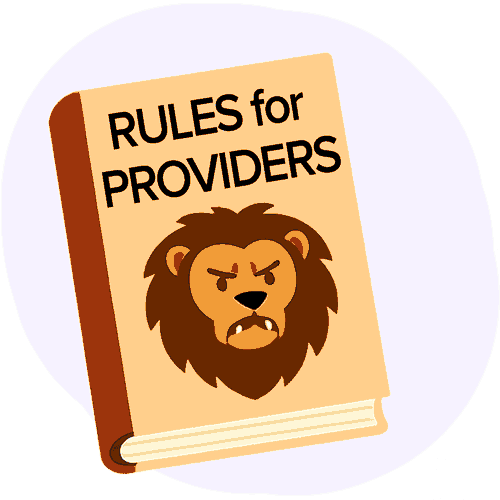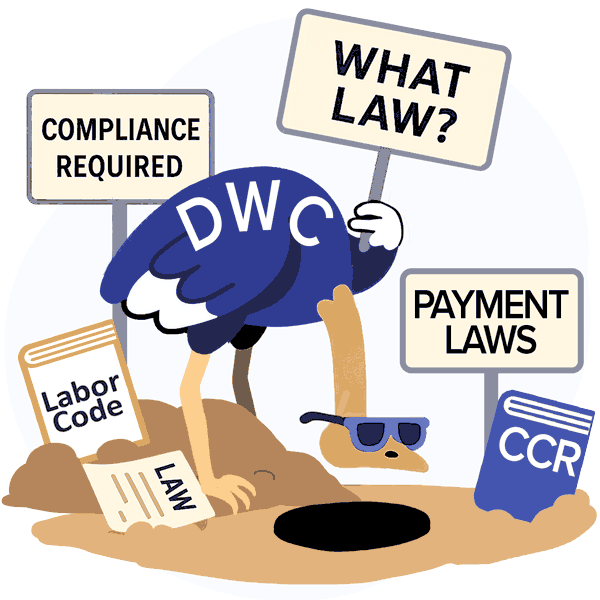GA Practice Transforms Workers’ Comp Billing in < 30 Days

How difficult is it to set your practice up with electronic billing (e-billing) software for workers’ comp?
Whether you’re switching from slow paper billing, realizing the pitfalls of using one clearinghouse, or frustrated from trying to make software designed for group health and Medicare work for comp, implementing a whole new billing system can seem like a big “lift.”
However, as a recent Georgia practice discovered, switching to e-billing for workers’ comp bills can be quick and painless.
In just 29 days, this practice progressed from their initial inquiry with daisyBill to setting up the software, training their staff, and receiving their first payment. That’s less time than it typically takes to receive payment on a single paper workers’ comp bill.
The benefits of workers’ comp-specific e-billing are undeniable—payment accuracy, automated bill tracking and task prompts, and incredible payment speed (the practice’s first payment came just eight business days after submitting the e-bill).
Best of all, it doesn’t have to be a painful or tough transition.
Quick Onboarding, Rapid Results
Any provider who treats injured workers knows how complex billing can be—it’s one of the biggest reasons providers avoid workers’ comp in the first place.
We help injured workers by removing this billing obstacle so doctors can say “yes” to workers’ comp. Of course, adopting a new billing platform can seem intimidating. Fortunately, we understand that fixing your workers’ comp billing includes optimizing the onboarding process.
The timeline below shows how smooth that process was for a Georgia psychotherapy practice that first reached out to daisyBill in mid-April—and sent their first bill 15 days later on May 1st.
daisyBill Onboarding Timeline
Date |
Action |
04/16/2025 |
Practice scheduled call with daisyBill |
04/18/2025 |
Practice confirmed joining daisyBill |
04/21/2025 |
Practice submitted account information to daisyBill |
04/23/2025 |
Pre-launch call with daisyBill team |
04/24/2025 |
Launch call & “go live” date |
05/01/2025 |
Practice submits first daisyBill e-bills |
05/15/2025 |
Practice receives first e-bill payment |
During the onboarding process, our team provided everything the practice needed to get set up, get started, and get paid quickly and correctly.
Before long, the first e-bills were out—and the first payment was in.
First Contact → First Payment in Less Than One Month
Over 7,000 providers submit their bills for injured worker treatment through daisyBill to over 800 insurers, self-insured employers, and Third-Party Administrators.
On average, claims administrators pay daisyBill providers in 9.1 days, thanks to our proprietary network of direct clearinghouse connections and Payer ID database.
The psychotherapy practice received their first payment in response to a daisyBill e-bill on May 15—just eight business days after submission and only 29 days after scheduling their first call with us.
The screenshot below from daisyBill shows the Georgia practice’s bill details.
Adopting any new technology requires an investment of time and administrative resources. Doctors and practice administrators must carefully consider which investments produce the best returns—factoring in the speed and ease of implementation.
For workers’ comp e-billing, the ROI is beyond question once a practice sees how it makes workers’ comp revenue management:
- Easier
- Less time-consuming
- Less costly
It isn’t only the payment speed—it’s knowing that technology tracks every bill through every step of the billing cycle and alerts staff when a bill needs attention. It’s keeping clear payment analytics that give your practice insights you can use to make real decisions.
With the right tech, workers’ comp isn’t the quagmire it used to be—and getting started is easier than you think.
Make it easy to treat injured workers with comp-specific billing software. See how it works by clicking below.
CHECK OUT DAISYBILL
DaisyBill provides content as an insightful service to its readers and clients. It does not offer legal advice and cannot guarantee the accuracy or suitability of its content for a particular purpose.






.png)